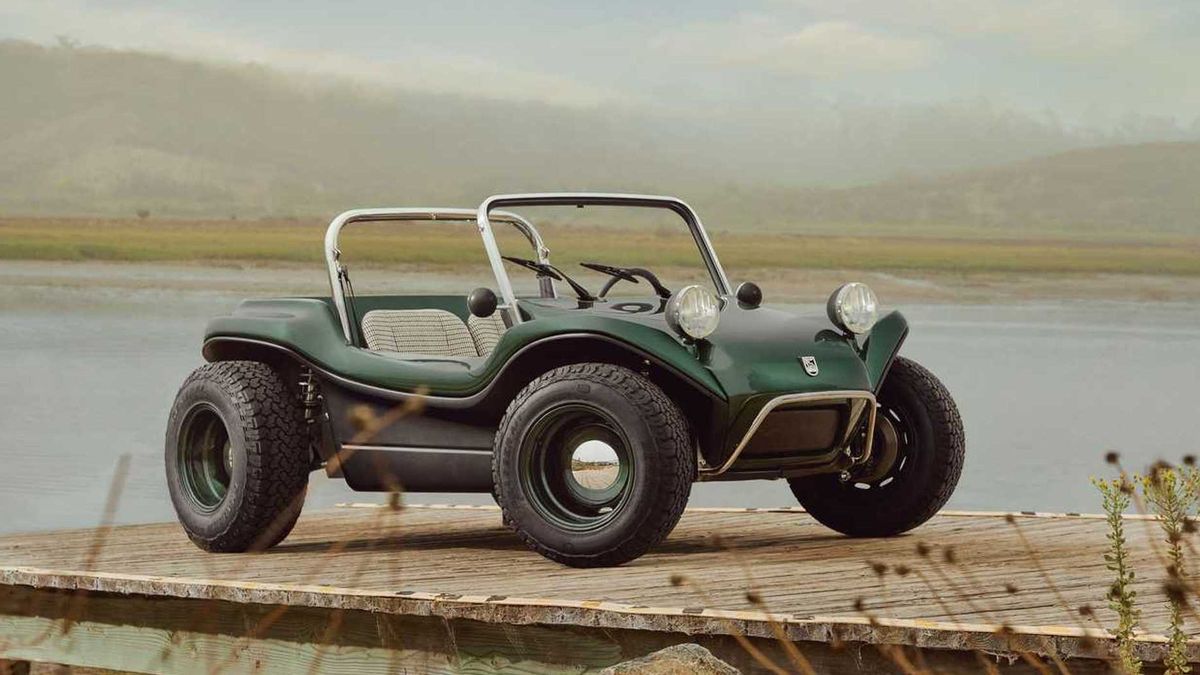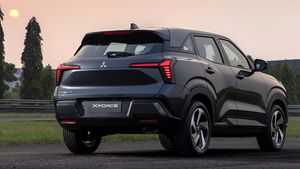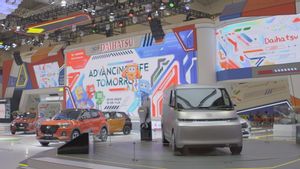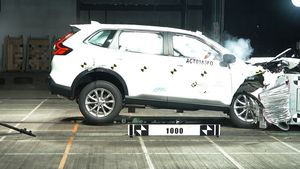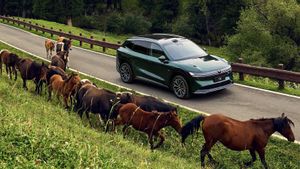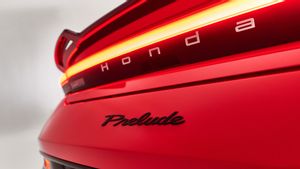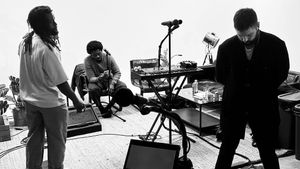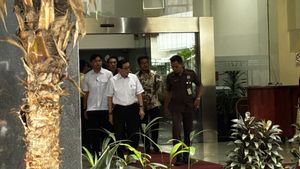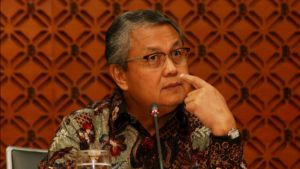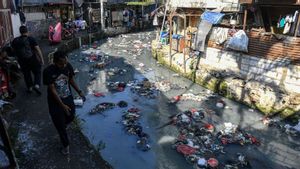Meyers Manx is a small recreational-oriented car originally designed for desert racing by engineers, artists, shipbuilders, and surfer Bruce F. Meyers.
The car was manufactured by his company in Fountain Valley, California, B. F. Meyers & Co. from 1964 to 1971, using most of the old VW Beeple floors, retaining most of Volkswagen's drivetrains and suspensions with highly stylish and lightweight fiberglass body additions.
As a result, the design produces fast, agile, and reliable off-road vehicles that allow Bruce and his friends to ride Meyers Manx from La Paz tonch in 1967.
Now Mayers Manx is available with electricity and the company has just announced an initial price for its newest electric bucket, Manx 2.0, and the price is not cheap.
Introduced last year at The Quail, A Motorsports Gathering, Manx 2.0 was the company's first new vehicle in nearly 20 years, InsideEVs reported, August 22.
The initial price was USD 74,000 or approximately IDR 1.1 billion for the basic variant with a 20 kWh battery with yet to be announced performance capabilities. This price is nearly comparable to the recently introduced Tesla Model S Standard Range, which has a range of 514 km of charging.
When it was first announced last year, Meyers Manx said that the sandbag will be available with a battery of 20 kWh or 40 kWh, as well as a 6 kW onboard charger as standard and a fast DC 60 kW charger is available as an option.
The larger battery variant will have a double drive that drives the rear wheels only and produces a total power of 202 dk and a torque of 325 Nm, which allows acceleration from 0 to 100 km/hour in 4.5 seconds and a range of up to 482 km with a single full charge.
SEE ALSO:
The first limited series will be available as many as 50 units expected to be produced this year, while full production and delivery to customers are scheduled to begin next year.
The English, Chinese, Japanese, Arabic, and French versions are automatically generated by the AI. So there may still be inaccuracies in translating, please always see Indonesian as our main language. (system supported by DigitalSiber.id)
